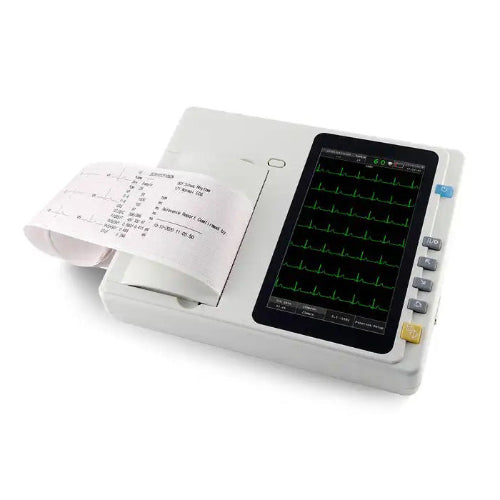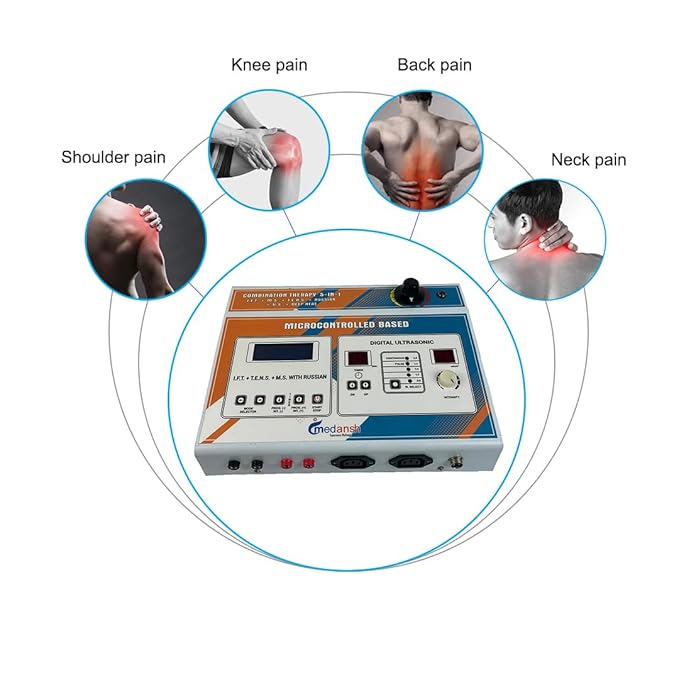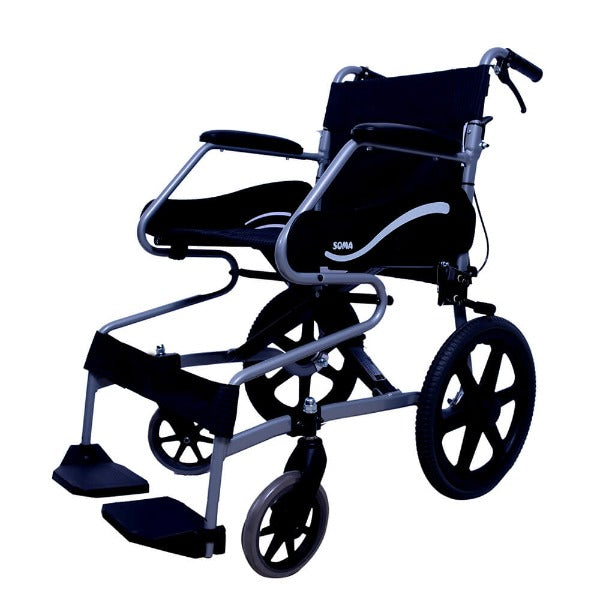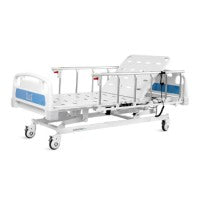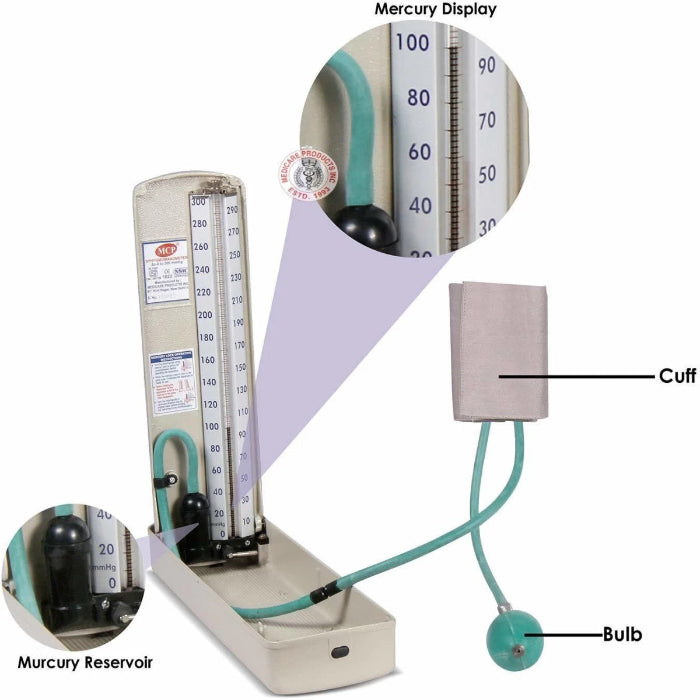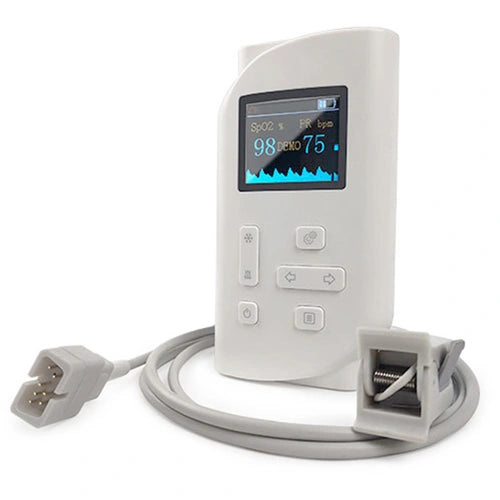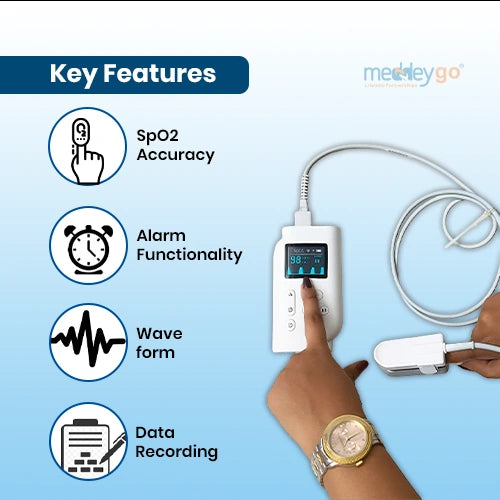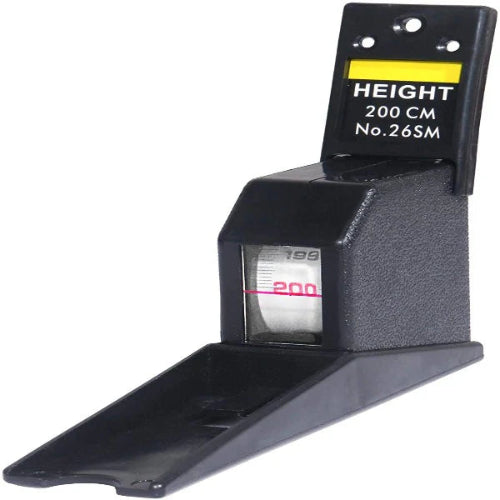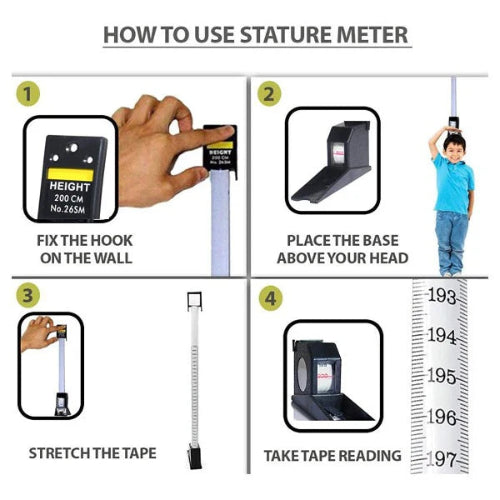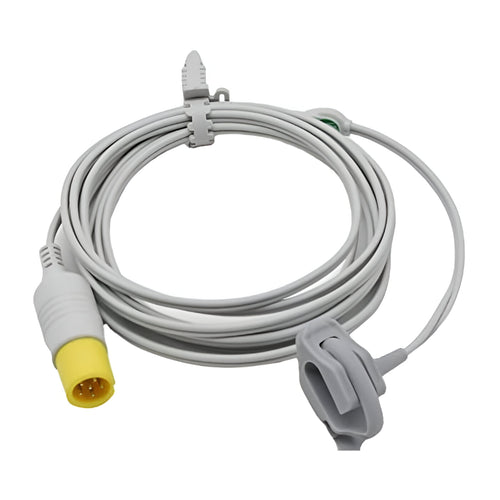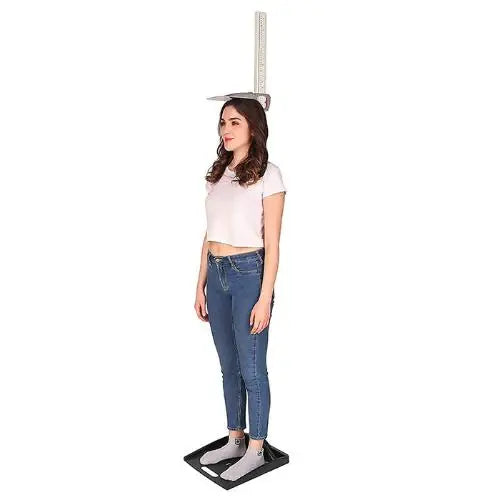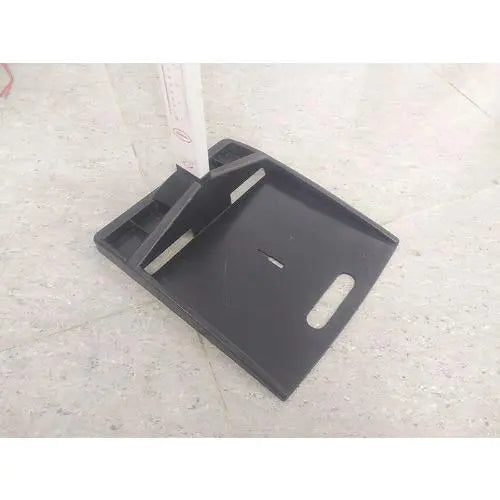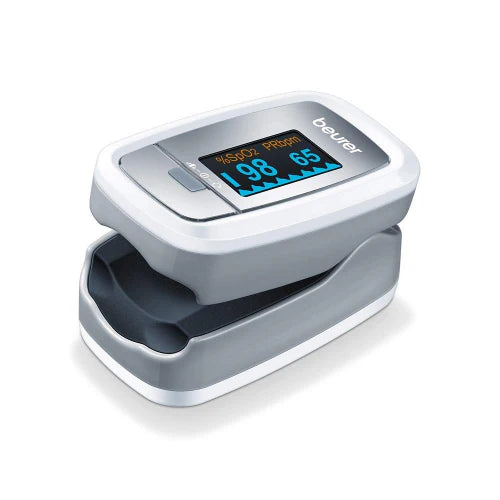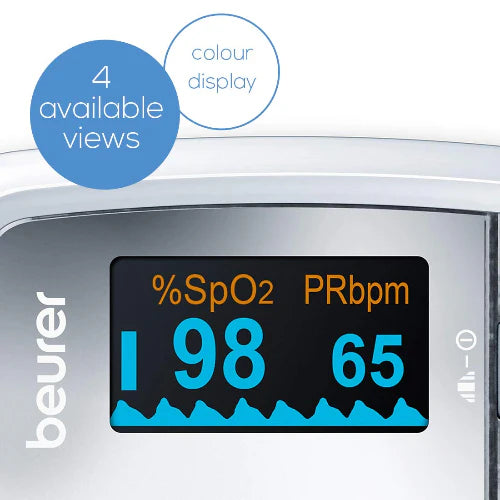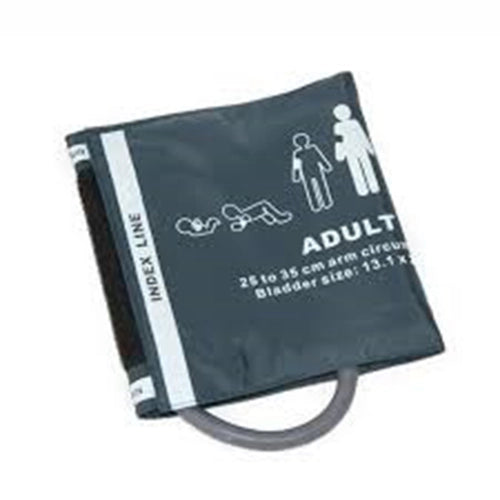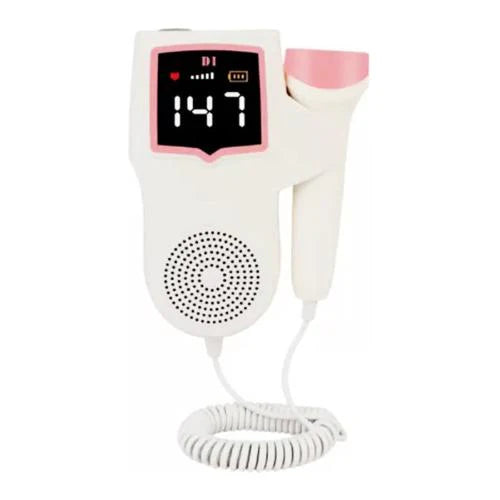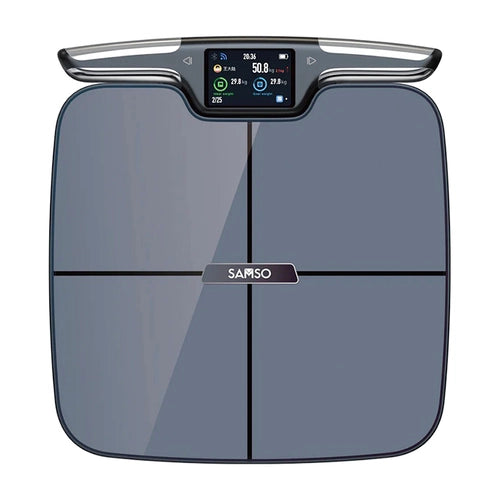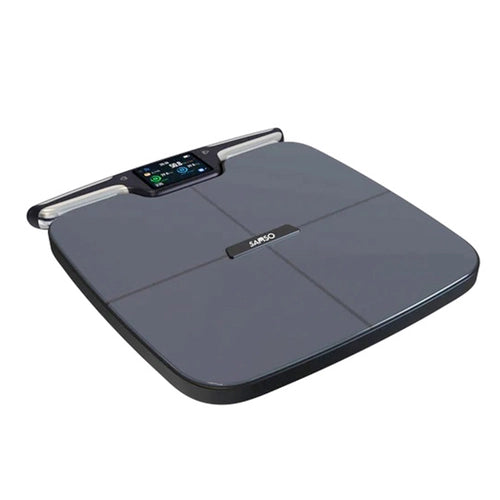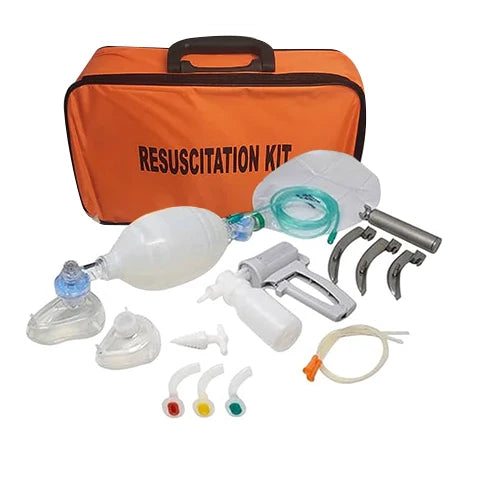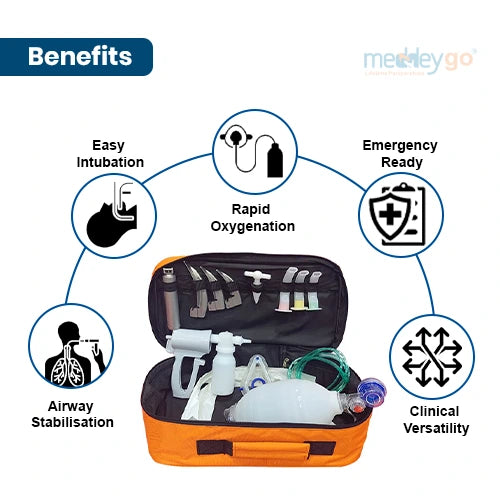Infusion Pump: Quick Start
- First, prime the line and remove any air.
- Next, insert the set and close the door firmly.
- Program the rate and the volume to be infused.
- Afterward, confirm limits and start the run.
- Finally, inspect the site for swelling or pain and document the start time and checks.
Product Map
Device Type |
Primary Function |
Used In |
Key Benefits |
|---|---|---|---|
ECG Machine |
Records heart signal | Clinics, Hospitals, Home visits | Early detection; portable; saves reports |
Multi-Parameter Monitor |
Tracks multiple vital signs | Clinics, ICUs, Nursing homes | 24/7 monitoring; alarms; easy to read |
Syringe Pump |
Delivers precise drug doses | ICU, NICU, OR, Home care | Accurate dosing; safety; battery backup |
Infusion Pump |
Delivers fluids or meds steadily | Wards, Dialysis, ICU, Clinics | Controlled infusions; dual channels; reliable |
Future Trends to Watch
Overall, devices are getting smarter and smaller. Moreover, battery life keeps improving. Furthermore, screens are brighter and easier to read while algorithms filter noise and reveal patterns. In addition, secure cloud links enable remote review and support. Keep your focus on the patient and the team that relies on the tech.

